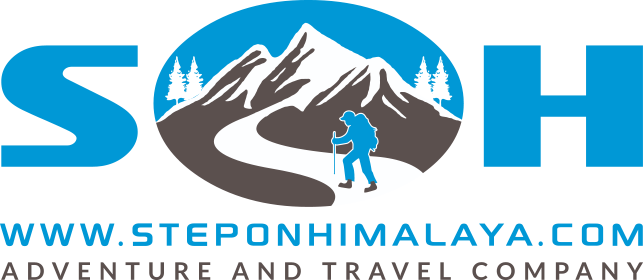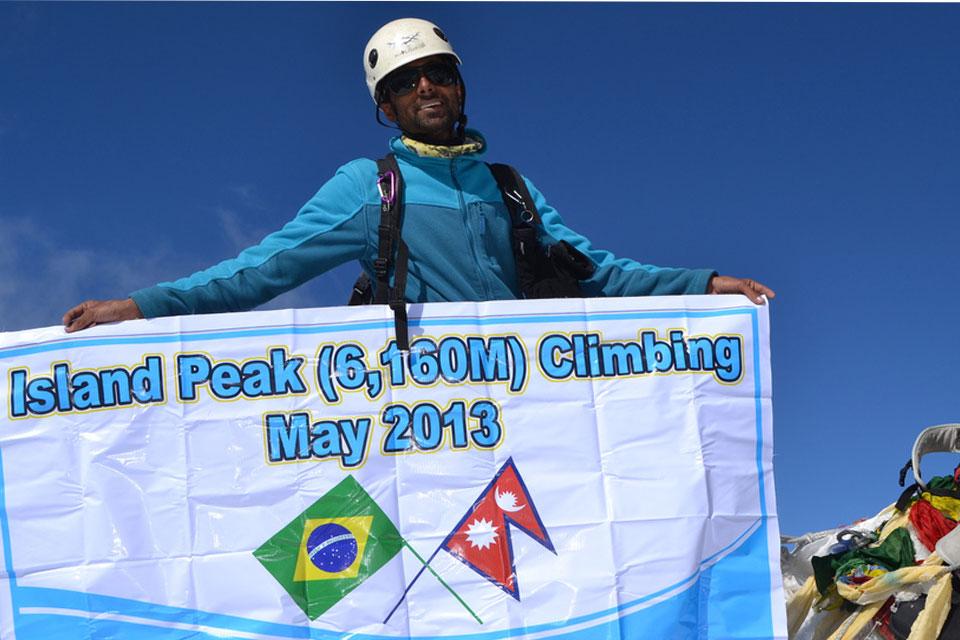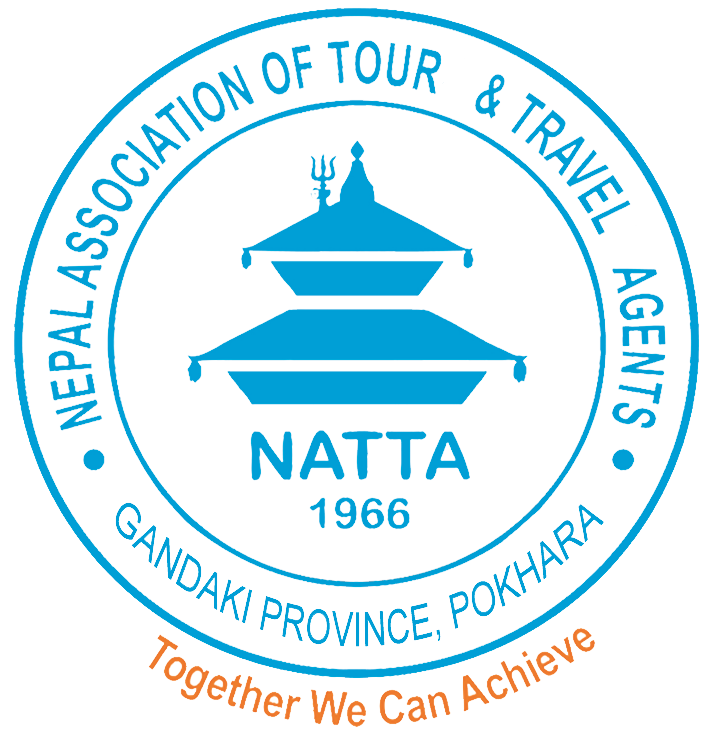Island Peak Climbing
Trip Overview
Trip at a Glance
Island Peak Climbing
Island Peak Climbing: is an attention-grabbing adventure attempted by many adventure lovers and climbers. The Island Peak – the real name is Imja Tse. For a brief history, it was renamed by Eric Shipton in 1951 as this Island Peak from Dingboche seemed like an island in the sea of ice. This Island Peak is actually an extension of the Lhotse Shar at the southern end. Climbing Island Peak is an outstanding experience that lets you the perfect starter for trekking or mountaineering to the wholesome alpine climate and unique Himalayan topography. View of the entire Khumbu region with the giant snowy walls of Mt. Lhotse, Mt. Ama Dablam, Mera Peak is spectacular from the altitude of 6,189m. To reach the Island Peak, you will start your trip from Lukla enjoying the ups and downs of the Everest Region. The representative from Step on Himalaya will lead you toward your destination and guide you in each and every footstep.
Island Peak Climbing includes treks around Everest Region
Island Peak Climbing lets the climbers enjoy the challenging walk among the rocky boulders in the exotic alpine vegetation. As much high you go, as much the climb becomes interesting and enthralling. If the weather permits, the climbers will be able to see the giant Himalayan snowy peaks glittering under a clear blue sky. As compared to earlier days and especially after the earthquake in 2014, the trekking route has changed a lot beyond the “Crampon point” at the edge of the glacier. Nowadays, trekkers have to traverse multiple deep crevasses that are crossed using ladders. So, nowadays, trekkers need a basic ladder practice before their ascent to Island Peak or Imja Tse. You must not be afraid of the depths and be able to stay strong when the ladders wobble. Try your best not to look down while on ladders! Follow the instructions of your climbing guide.
Island Peak also is known as Imja Tse
The mountains and glaciers in the Himalayan region are never static. Hence, the changes in the landscapes always contest the stamina of the climbers. Once you reach the summit of Imja Tse, the conqueror feeling is rocking. You will then descend to the Island Peak Base Camp and spend the overnight there. The scene of Mt. Ama Dablam, Mt. Everest, and especially the southern face of Mt. Lhotse, Makalu is simply breathtaking. Throughout the whole climb, Acclimatization is essential for the continuity of the climb. The months of March to May and October to November are considered as the better time of the year to achieve a successful feat over Imja Tse but all the year-round, the climb can be done. Step on Himalaya can arrange a delightful trip to Imja Tse or Island Peak and provide the best climbing guides and staff to support and make your climb an accomplishment.
Detail Itinerary
Is the proposed itinerary suitable for you?
If you are looking for a custom itinerary, please feel free to reach out to our team of professionals at any time.Cost Details
What is included?
- Airport to Hotel to Airport Transfer in a private comfortable vehicle
- Required Ground transportation
- Hotel accommodations (Twin sharing basis) in Kathmandu including Breakfast
- Accommodation in Comfortable guesthouse and Tent/Camp during trekking
- Meals (Breakfast, Lunch and Dinner) on board during the trekking period with hot beverages (tea/coffee)
- Experienced and Government License holder Guide, porter and additional staff like an assistant guide, cook, extra porter
- Salary, Food, Accommodation, Insurance and expenses of Climbing Staffs
- All necessary documentation
- All the government and local taxes
- Permits and entrance fees to Sagarmatha National Park and trekking peak royalty fees to Island Peak.
- Medical Kit
What is not included?
- Visa Fee for Nepal
- International air tickets, Extra charges for Cargo and extra baggage
- Meals in Kathmandu
- Personal trekking Gears and Equipment
- Travel and Medical Insurance
- Rescue or Emergency Evacuation Expenses
- Personal Expenses like beverages, laundry, internet, phone bills, etc.
- Extended trips or sightseeing
- Tips and gratuities for Staffs












